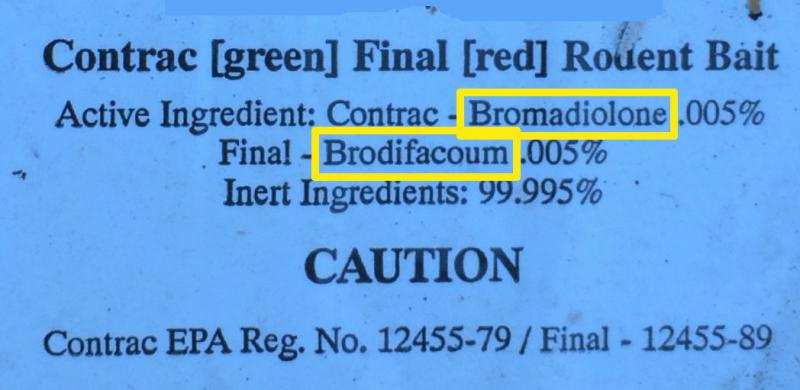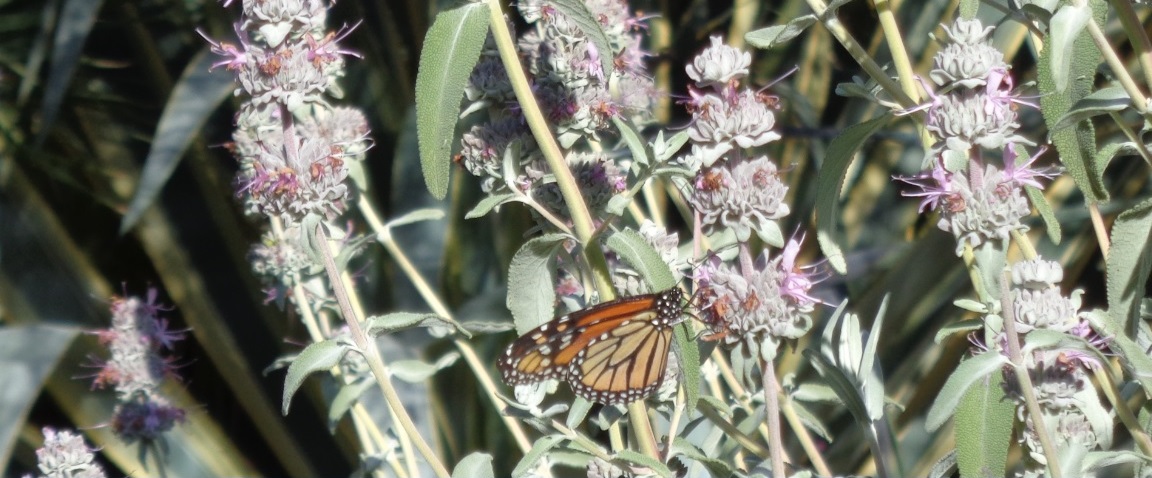Debunking Rodenticide Bait Exterminator’s Claims
Sources of Anticoagulant Rodent Poisons
Joel & Kian Schulman, Poison Free Malibu
Our previous article Controlling Rodents without Anticoagulant Poisons appeared in the May Newsletter. We explained how anticoagulant rodent poisons, which are used to kill rats, mice, gophers, and other rodents, are eaten by and are poisoning higher predators such as hawks, owls, foxes, bobcats, coyotes, and mountain lions, at the 90% level.
In this installment, we would like to discuss the main sources of the continuing poisoning. There are two categories of poison active ingredients -
1) 1st generation. Most common active ingredients are diphacinone, chlorophacinone, and warfarin. Somewhat weaker than 2nd generation, but MUCH more abundant and widely sold in stores. A future article will cover the special problems of these.
2) 2nd generation. Any product that has the following active ingredients: brodifacoum, bromadiolone, difethialone, and difenacoum. These are the more advanced, and dangerous, poisons. They are banned for consumer use in the United States, but are VERY commonly used by the professional pest control companies at residences and commercial areas.
LOOK FOR THE INGREDIENTS. For example, here is the label of a typical poison bait box put out by pest control companies. This one identifies bromadiolone and brodifacoum, 2nd generation poisons.
. 
The laws banning 2nd generation poisons only for consumers used questionable reasoning that the pest control companies are more responsible. For example, “Integrated Pest Management” (IPM) was once a useful label for a scientific and systematic approach to minimize pesticide use by eliminating the CAUSES of pest infestation. Now almost all pest control companies claim to have IPM strategies. However, let’s take a look at a VERY COMMON scene in this photo.

Food trash is all over, with a poison bait station box (circled in yellow) right there. IPM strategy would say – close the dumpster and clean up the area to get rid of the rodents! The effect of the combination of food trash and poison is to multiply rats, who ingest the poison, and then escape off to poison the wildlife. It is a POISON PUMP which doesn’t even solve the problem! And the boxes overwhelming use the worst 2nd generation poisons.
Other fallacies we often hear from pest control staff are (1) Our poisons are safe for wildlife (referring to the 2nd generation bromadiolone) and (2) poisons are necessary for restaurants to achieve the “A” grade from the Health Department. The California Department of Pesticide Regulation has thoroughly documented the damage done by bromadiolone. We also contacted the Los Angeles County Health Department and they have no requirement, or even preference, for poisons.
Where are these poison boxes found? Once you become aware of them, you will see them all over by the dozens! Please check out behind shopping centers, restaurants, and other commercial centers. Also, most homeowner associations use dozens of them. If you live in an HOA that does, please contact your board of directors and educate them. We would be glad to provide information and alternative solutions.
Let's all commit to stop the use of these cruel and unnecessary poisons.
Update. Resolutions against anticoagulant poisons by area cities are spreading – two more cities in the Conejo Valley – Thousand Oaks and Simi Valley – have passed resolutions in April!


